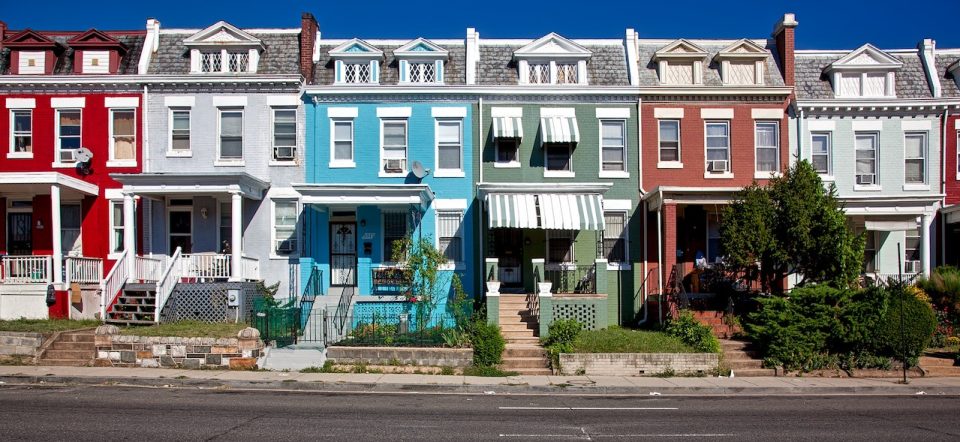In a significant development, mortgage rates have experienced a surge beyond the 7% threshold this week, marking the highest point in over twenty years, as reported by Freddie Mac on Thursday. Average rates for the widely favored 30-year fixed mortgage has seen a surge of a staggering 7.09%. This figure stands as the loftiest since the initial week of April 2002, signifying the third instance in which rates have eclipsed the 7% mark since that time period.
The ongoing battle waged by the Federal Reserve against inflation has dealt a severe blow to the affordability of homes for a multitude of budget-conscious purchasers. Faced with soaring home prices and a paucity of options within the real estate market, these buyers have been grappling with the dire consequences of this deteriorated affordability.
The repercussions of this upward trajectory in mortgage rates have been evident in the realm of mortgage applications. The Mortgage Banker Association’s survey for the week ending August 11 has pointedly attributed the decline in applications for mortgages to the concurrent spike in rates. Consequently, the mortgage landscape has witnessed an upward trend in the share of applications pertaining to adjustable-rate mortgages, which have now reached a noteworthy 7%. This threshold represents the zenith observed since the advent of April 2023.
“It’s an unrelenting struggle in the current scenario. We’re witnessing the steepest rates in the past two decades, and the situation continues to deteriorate,” stated Jason Sharon, proprietor of Home Loans Inc. Even though the desire to own homes persists among the populace, an increasing number are finding themselves excluded from this aspiration due to the tandem impact of elevated home prices and interest rates.
Len Kiefer, Deputy Chief Economist at Freddie Mac, voiced a potential solution to alter the prevailing dynamics within the housing market. He emphasized the urgent need for a substantial reduction in mortgage rates, a pivotal step required to facilitate a shift. Failing such a correction, Kiefer warned that the volume of refinancing might linger at lower levels, thereby perpetuating the effect of mortgage rate lock-ins. Consequently, the limited options within the market would continue to remain cushioned.
Mike Simonsen, CEO of Altos Research, highlighted a subtle yet noteworthy signpost within the current landscape. The seasonal uptick in the inventory of unsold single-family homes potentially hints at a slightly diminished pool of buyers in the market. The convergence of elevated mortgage rates and the constrained conditions within the housing market is expected to impede the choices available to homeowners, thus deterring them from making prompt decisions to sell their properties in the upcoming months.
As a direct consequence, prospective buyers are now confronted with the daunting prospect of contending with inflated rates and fierce competition in the arena of home prices, should they elect to proceed with their homebuying endeavors. The intricate interplay of market forces and macroeconomic dynamics is poised to shape the trajectory of the real estate sector in the foreseeable future, leaving both buyers and sellers to navigate through this challenging landscape.
Source: Yahoo Finance

